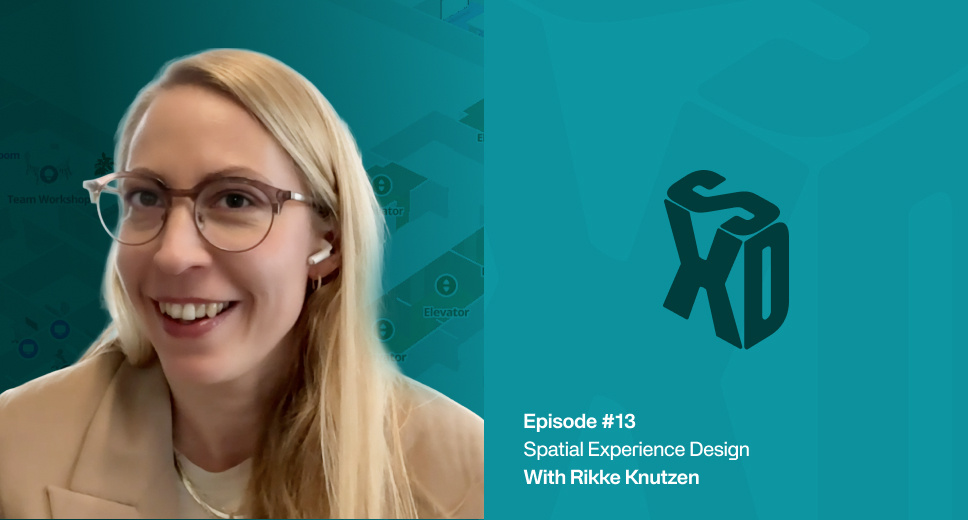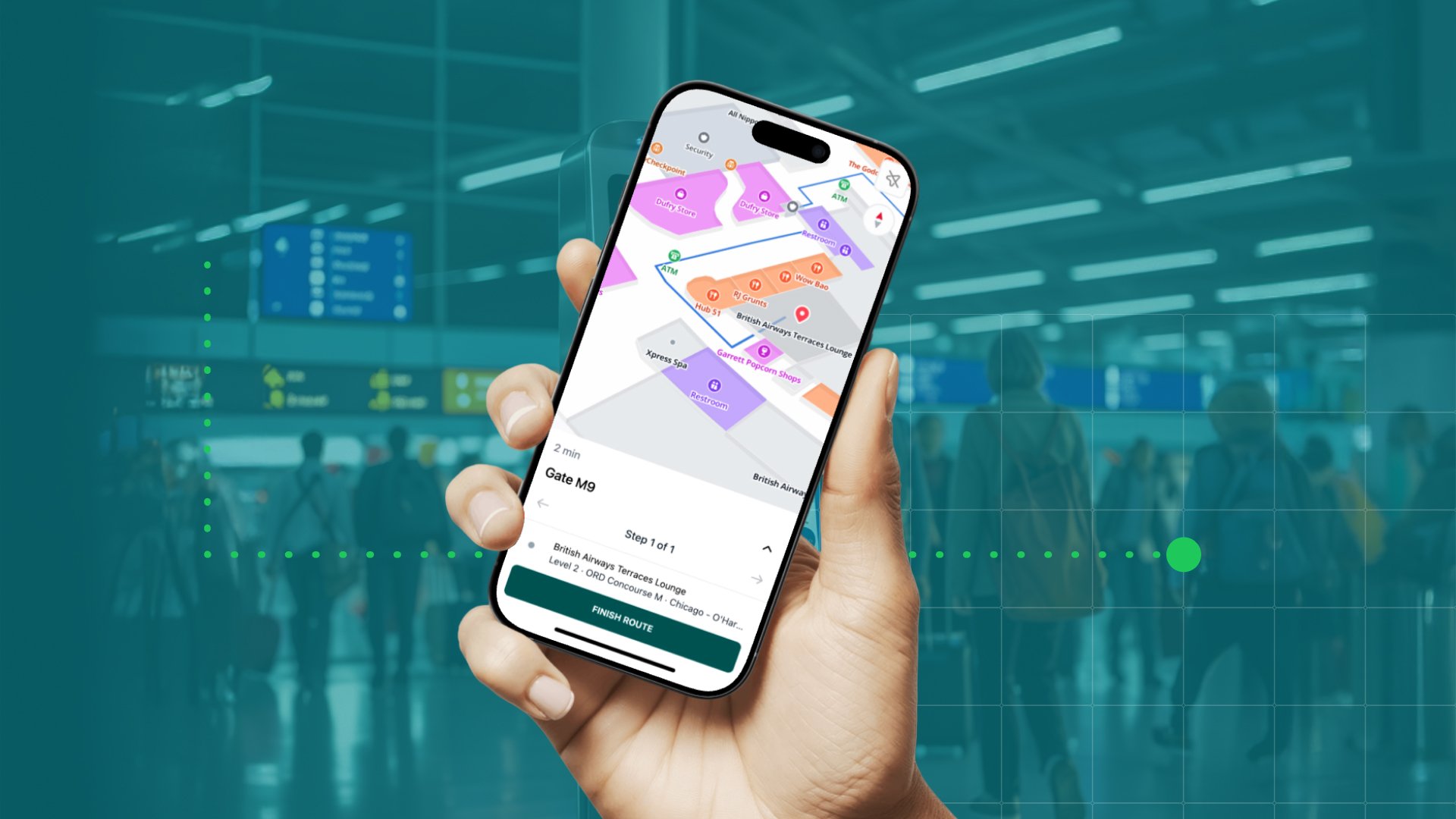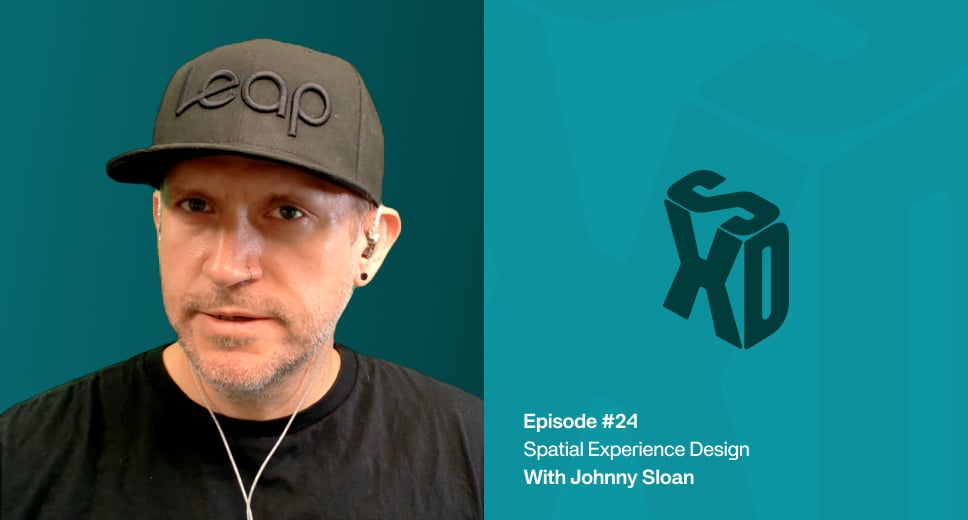In this episode of Spatial Experience Design, host Søren Vasø and Rikke Knutzen, VP of Product at MapsPeople, share how experience-led design is reshaping digital environments across offices, stadiums, and retail. The conversation explores how spatial data, platform thinking, and behavioral insight help teams create products that scale and deliver real value. They discuss building platforms, how to design for both partners and end users, and why the best product decisions start with value, not features. From fan engagement to office optimization, this episode explores how to create scalable tools that elevate the final experience—even when your product lives in the background.
Key Topics:
-
- Designing user-friendly digital environments
- Platform vs. product: Building tools that scale
- UX design principles for workplace and stadium apps
- Personalization through spatial data and AI
- Balancing business goals with user behavior
Experience Is Built Behind the Scenes
Most digital tools offer a long list of features but fail to deliver real value. They focus on what users can do, rather than what users actually need. Experience design helps shift that focus. It prioritizes the moments that matter and helps teams shape behavior, not only offer functionality.
This mindset is especially important when building products that live behind the scenes. In many environments, such as stadiums, offices, or events, the tools that guide users are powered by platforms that are not always visible. Designing for these platforms means thinking differently. It means supporting others in creating great experiences, not controlling the full result.
Start with the Outcome
Strong experience design begins with clarity. What should the user accomplish? What should this moment feel like? What kind of result should the experience create? When teams start with these questions, they design toward outcomes. This often leads to more focused and flexible products. Instead of covering every possible use case, they support the outcomes others want to build. Tools become more purposeful, and design becomes a way to guide impact.
Think in Systems, Not Screens
User expectations are no longer shaped by one product. People move between apps, devices, and platforms throughout the day. As a result, they expect digital environments to work together. Designing for connected systems means understanding how your product fits into larger workflows. A navigation feature might rely on sensor data. A fan experience might connect with a ticketing app. A workplace tool might pull from booking software. The value comes not from one feature, but from how all these parts combine.
Personalization Without Friction
People rarely say they want personalized experiences, but they respond when interactions feel relevant. A fan app that routes someone around a crowded area, or a shopping guide that adapts based on taste, adds clear value. These examples rely on spatial data and intelligent prompts, not long preference settings. When systems understand context—such as time of day, location, or behavioral history—they can guide people in ways that feel intuitive. These are the small, useful moments that build trust and increase engagement.
Support Many Experiences with One Framework
One way to design for scale is to focus on what something is, rather than how it will be used. A meeting room is still a meeting room, whether it is located in an office or a stadium. A food stand is still a food stand, even if the user audience changes from weekday employees to weekend fans. When design starts with this basic structure, it becomes easier to support many environments with one platform. Teams can design around core objects, and then allow others to layer their own use cases on top. This approach creates consistency while still allowing for flexibility.
Let Experiments Drive Strategy
It can be hard to align user experience with business goals. Reducing space or consolidating resources may appear to lower the quality of an experience. But sometimes the opposite is true. For example, when teams sit closer together, collaboration improves. When empty zones are closed off, energy becomes more concentrated. Small tests can reveal these overlaps between cost-saving and experience-building. Over time, these insights lead to smarter, more balanced design decisions.
Experience Design Is a Strategic Shift
Great design requires thinking about how environments shape action. It is a process for connecting data, systems, and behavior in a way that supports both users and outcomes. Products that lead the market in the years ahead will not be the ones with the most features, but the ones that help people move through environments with clarity and ease. The future of experience is about thoughtful design that supports real behavior, at scale.
Additional Resources:
April 3, 2025



.png)